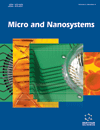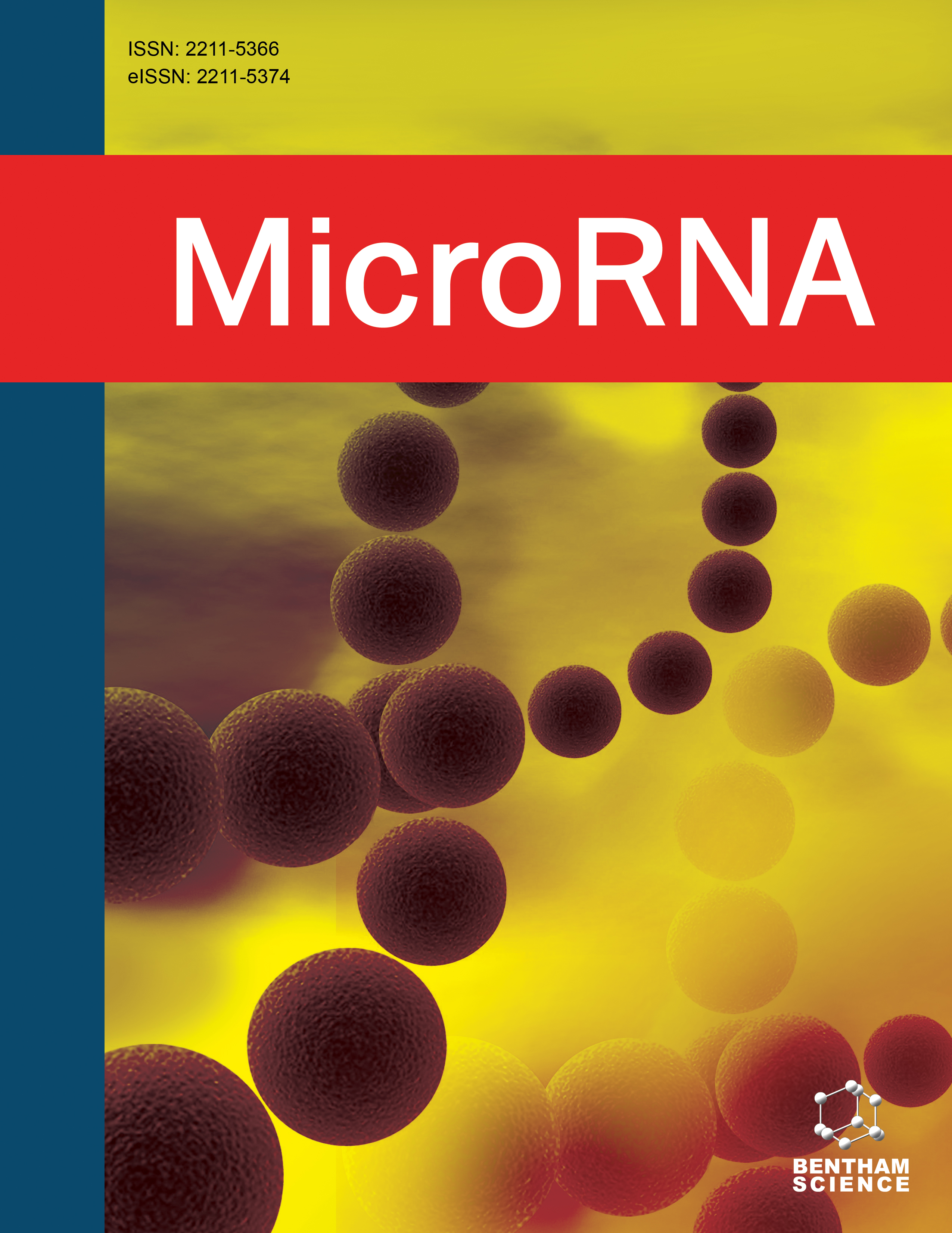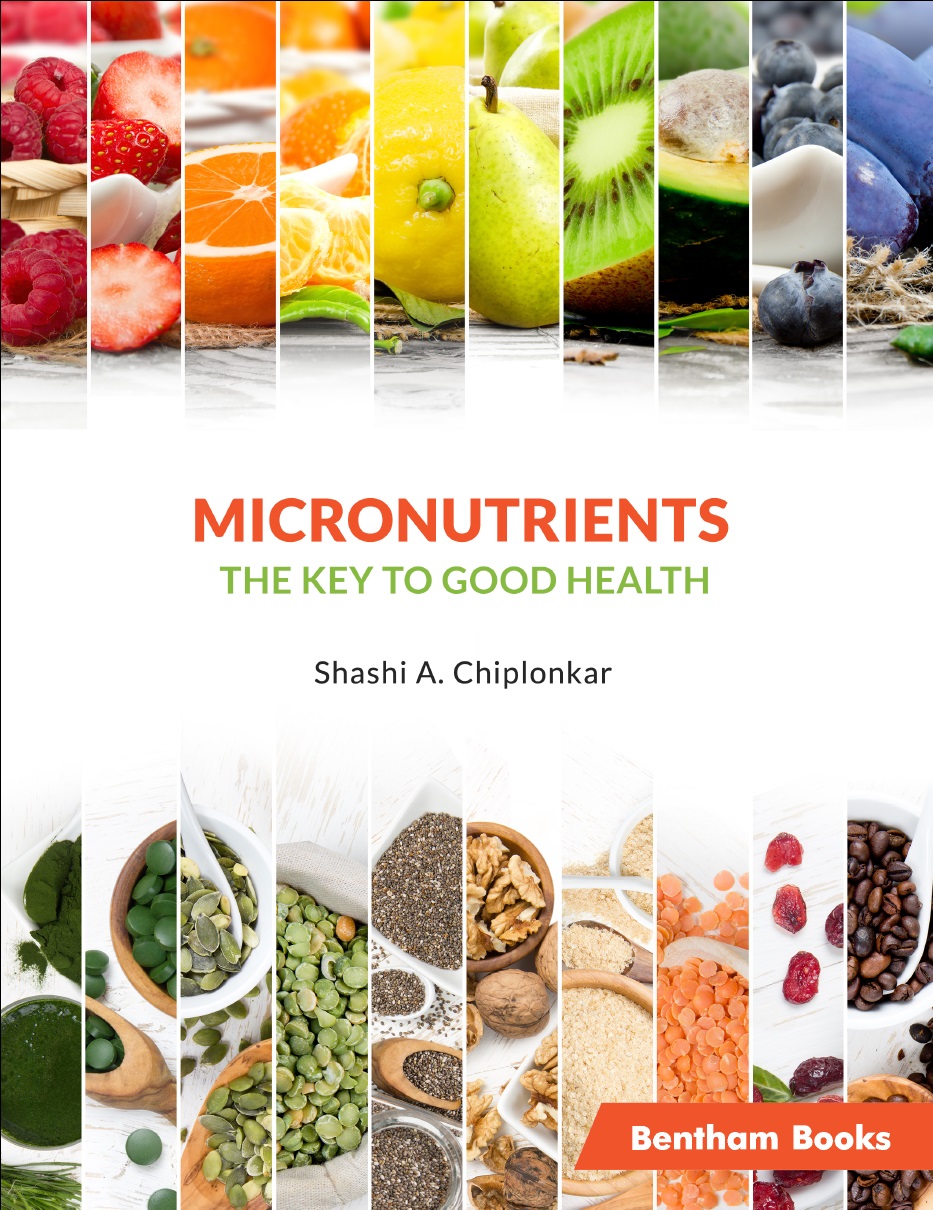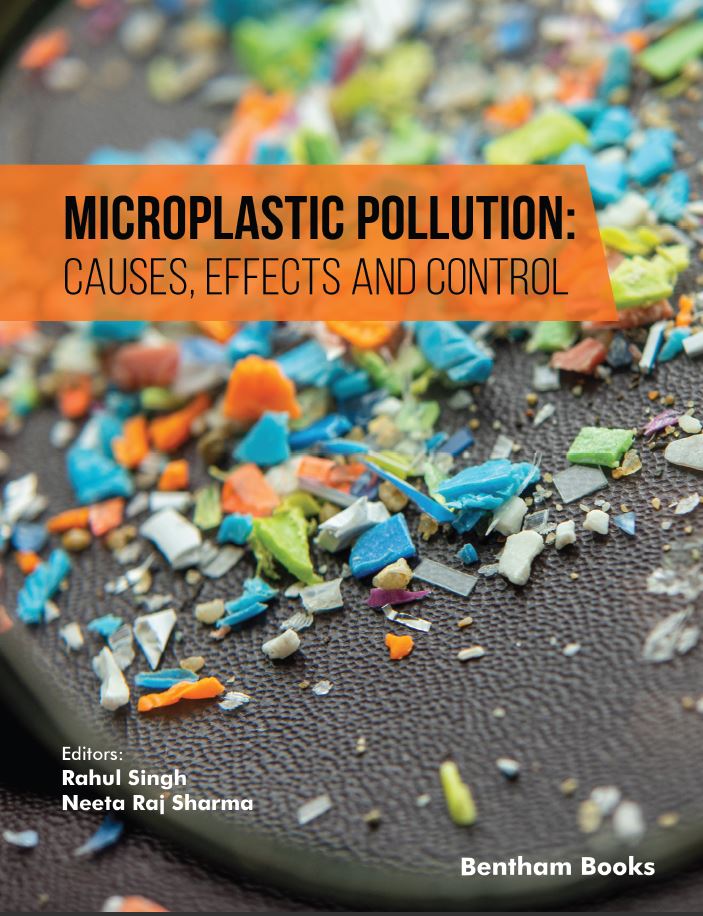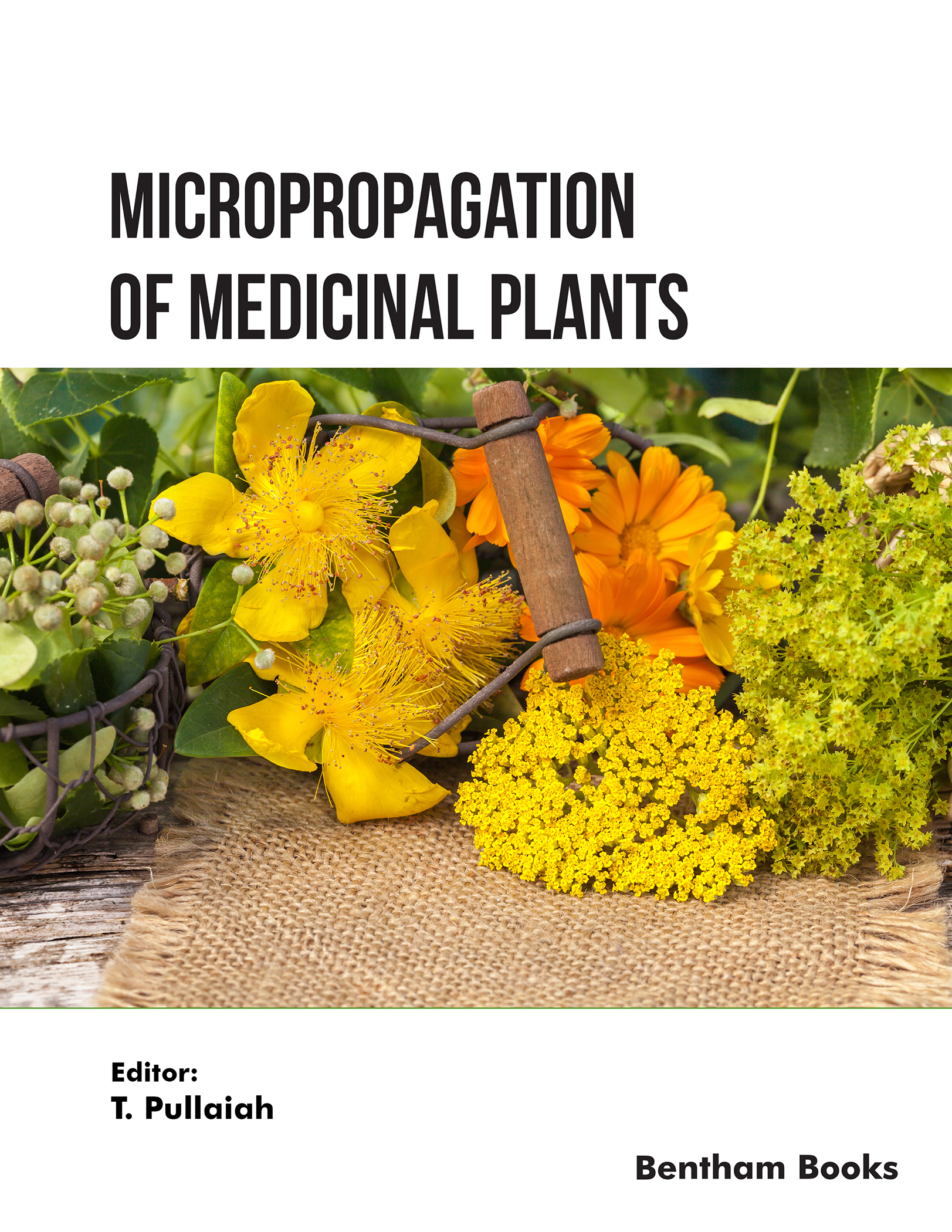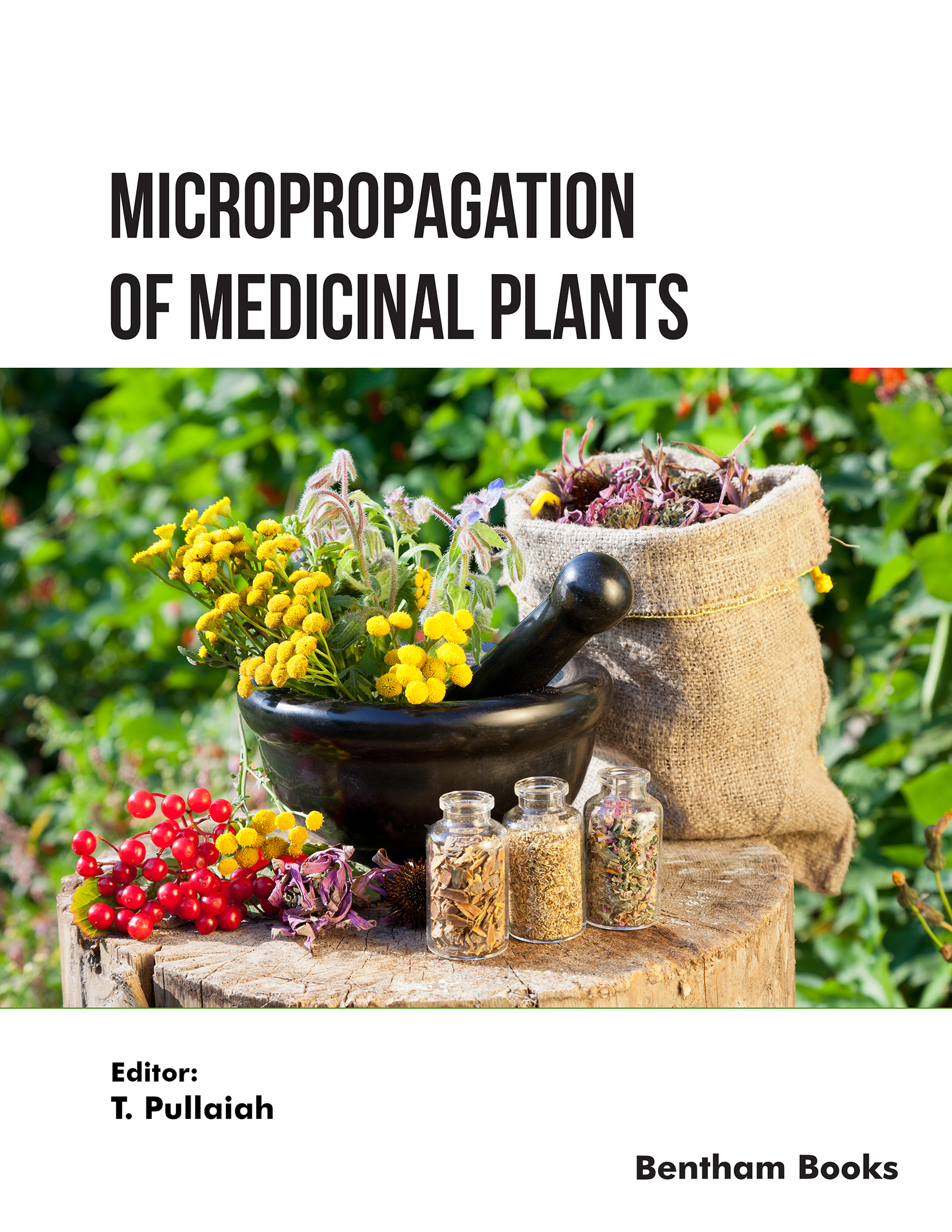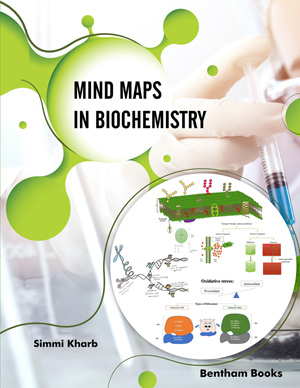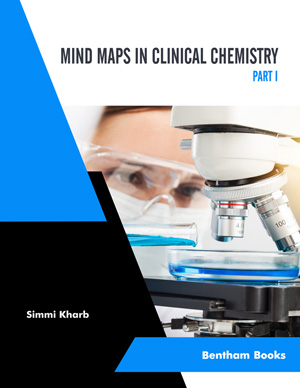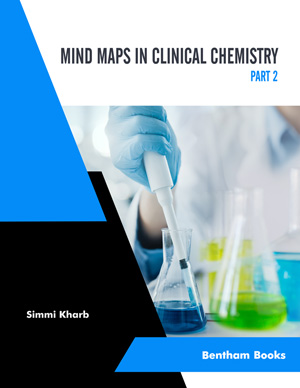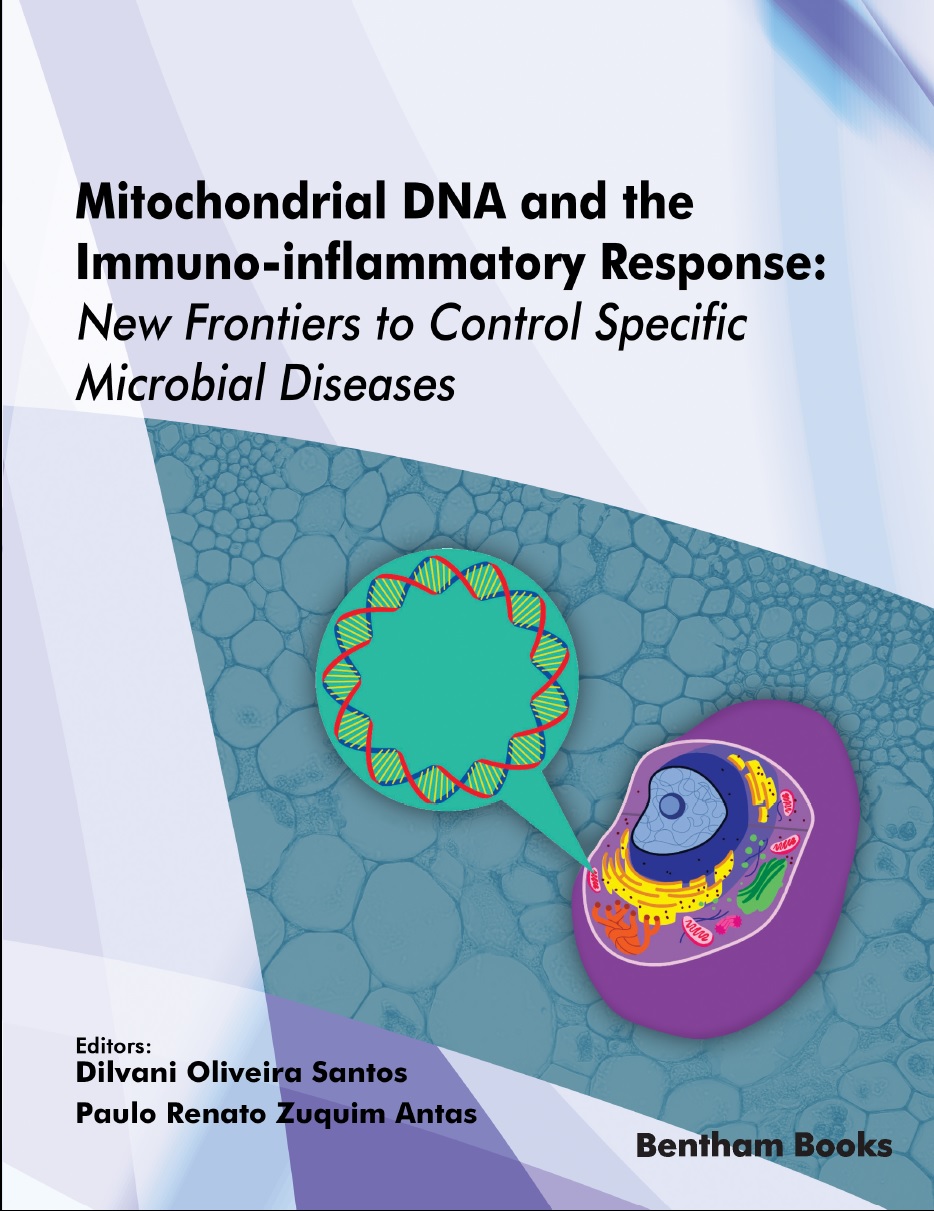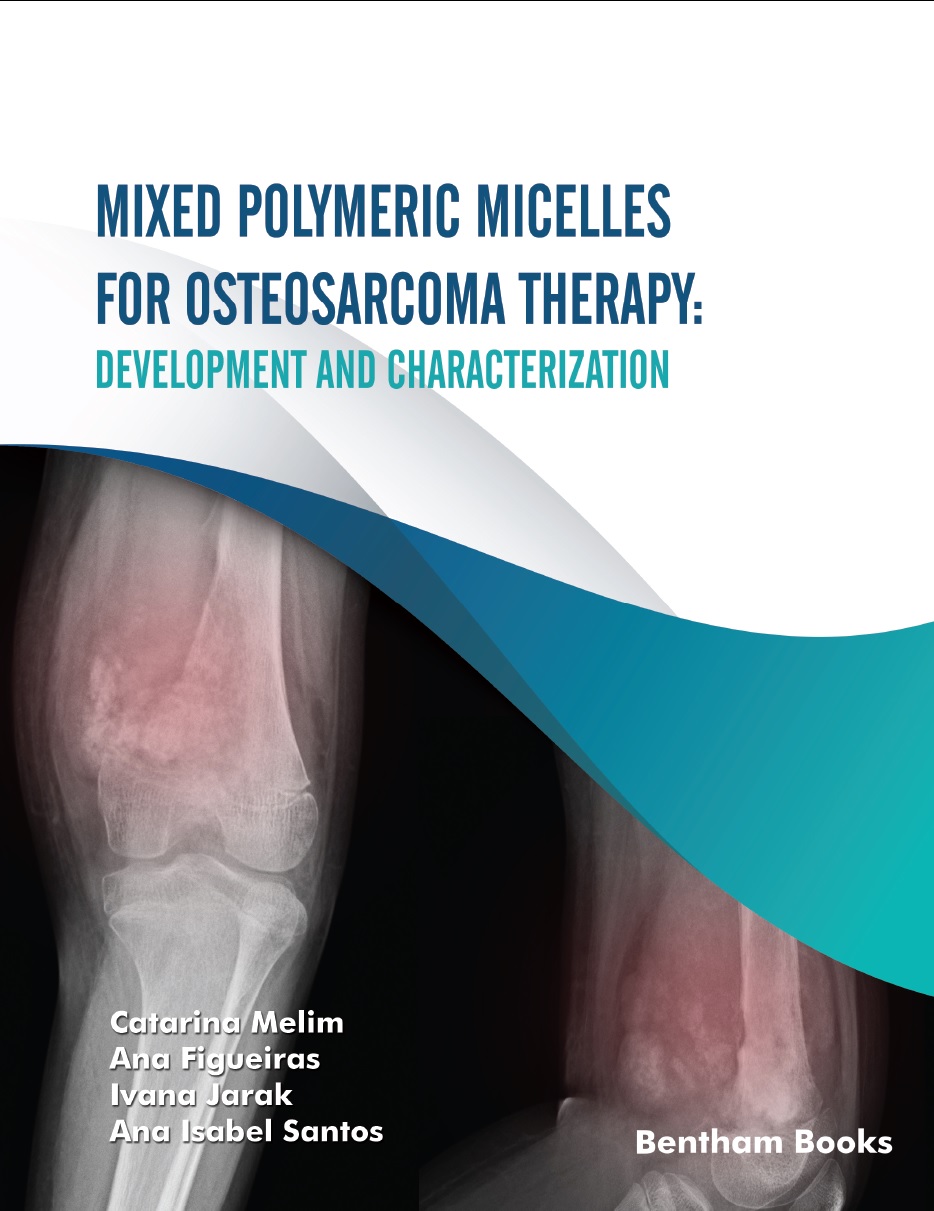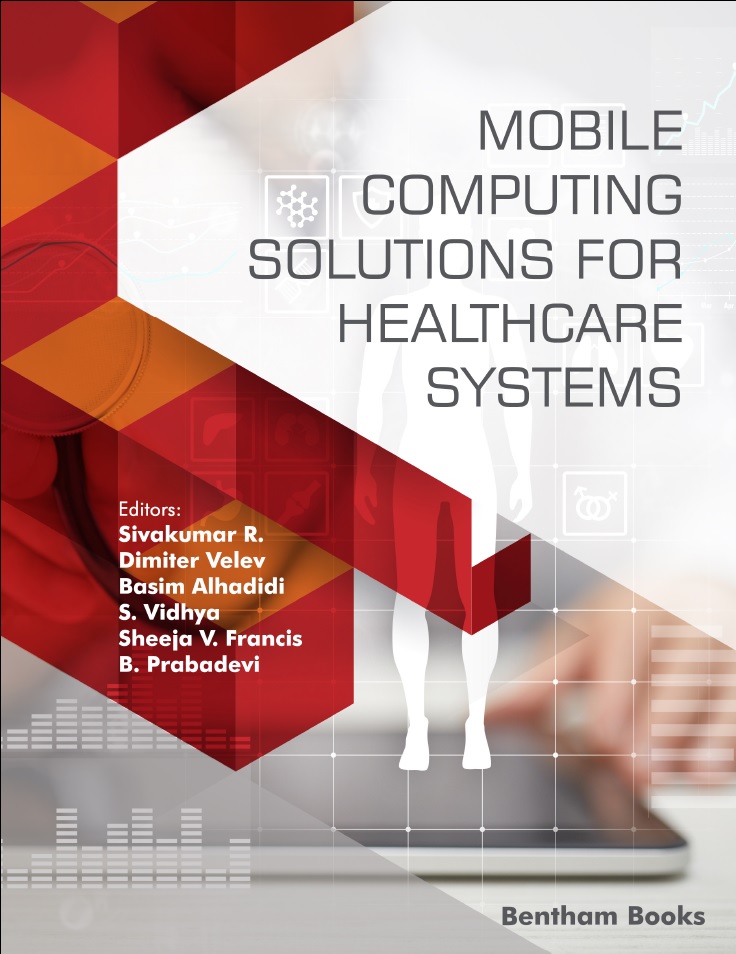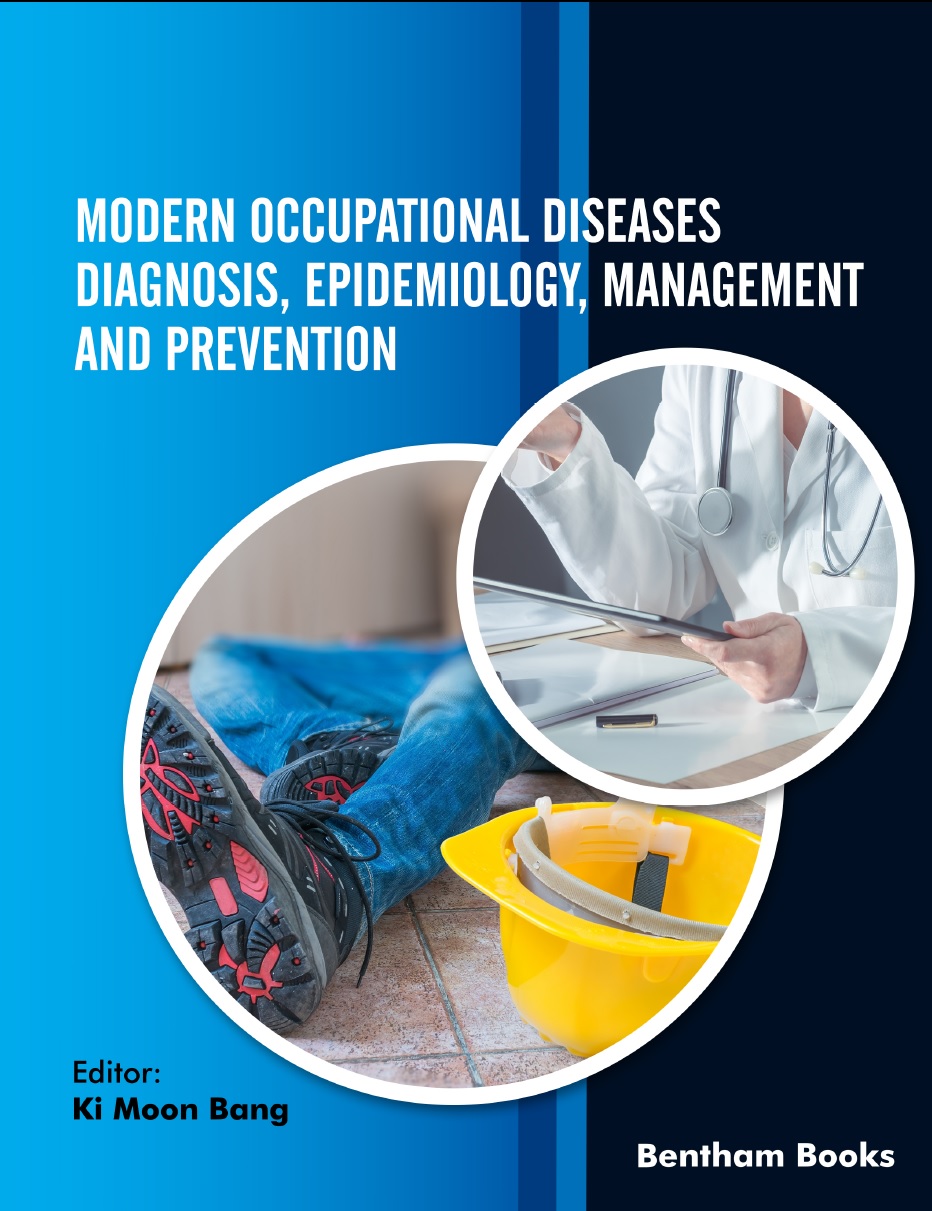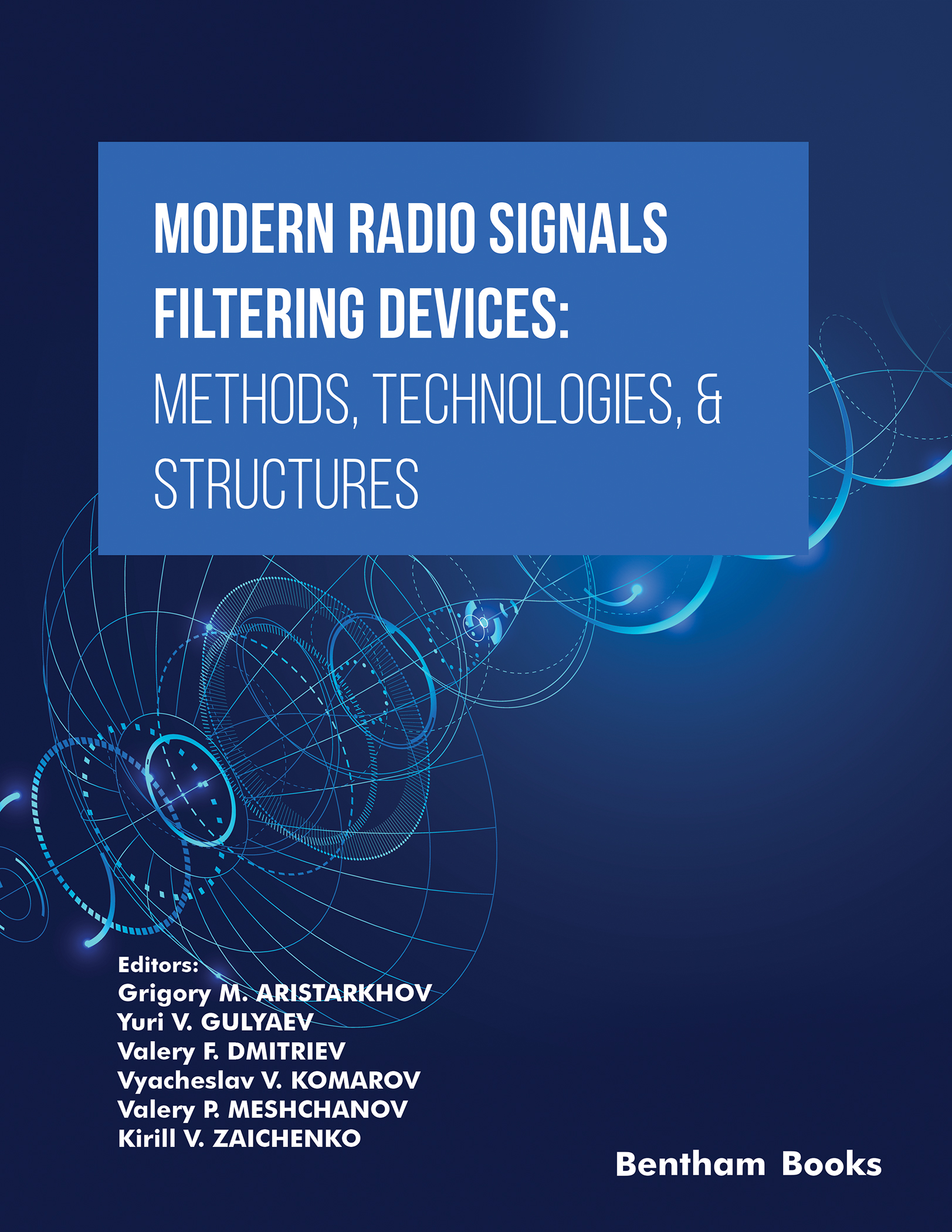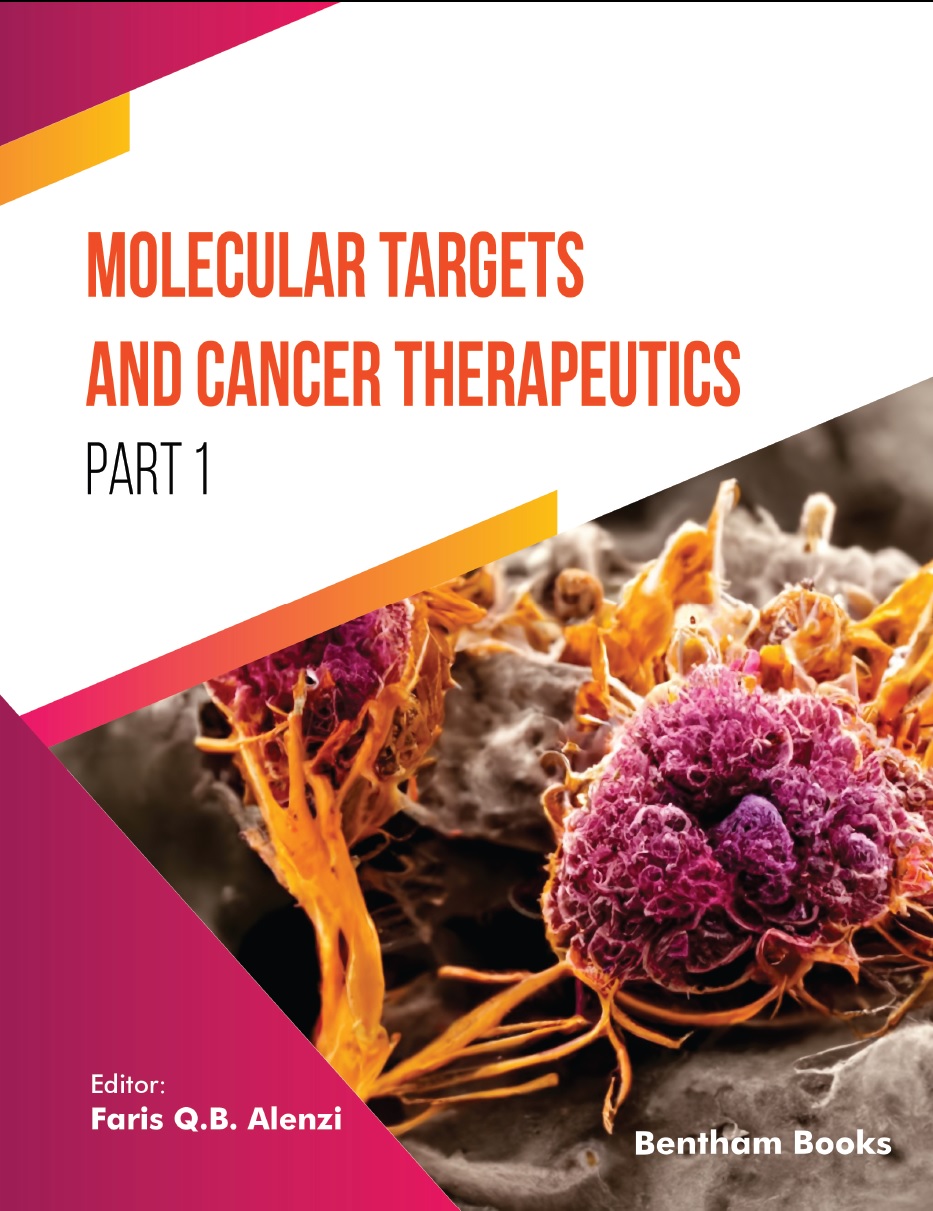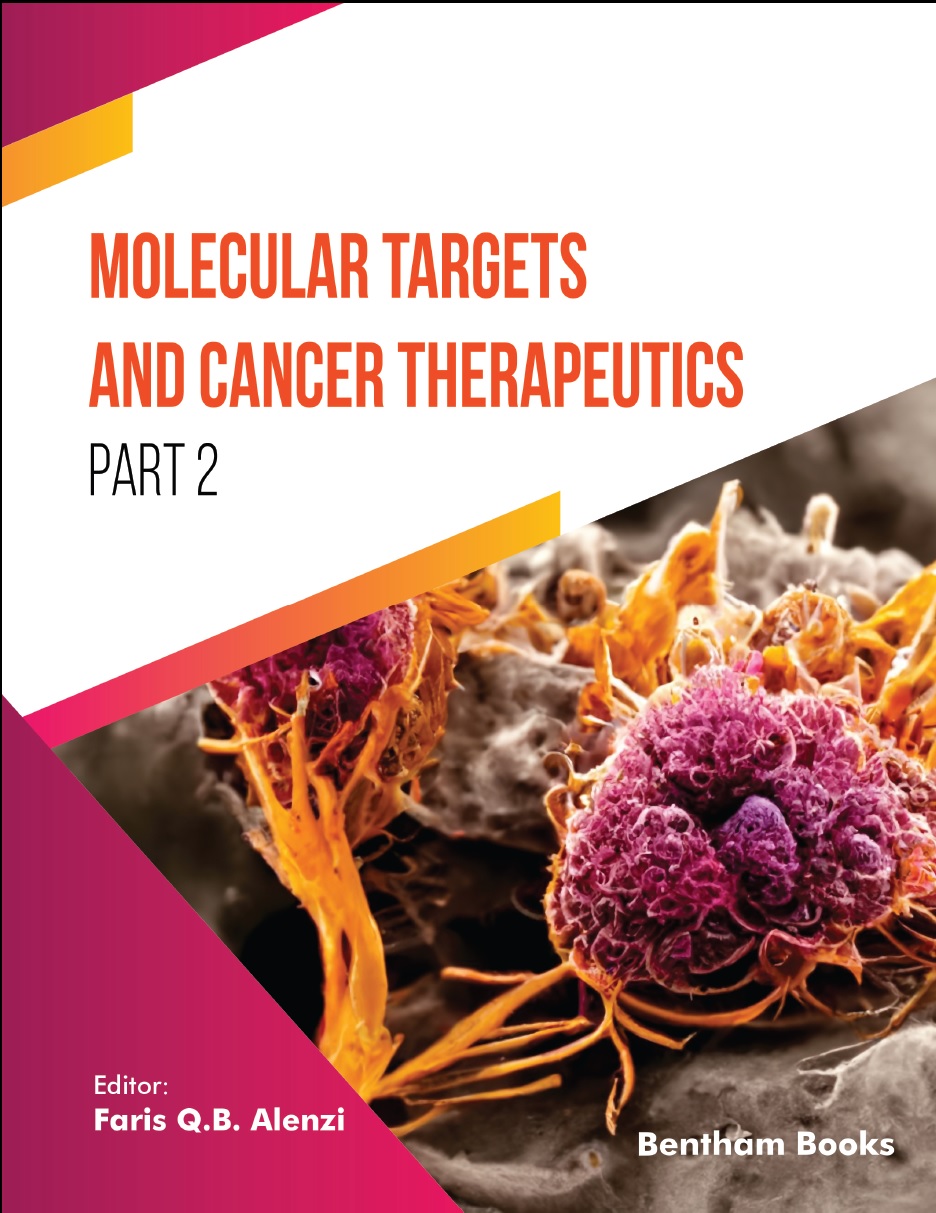- Home
- Publishers
- Bentham Science Publishers
Bentham Science Publishers
Bentham Science Publishers is a major publisher of more than 100 peer-reviewed science, technology and medical (STM) journals, along with a rapidly growing collection of eBooks. Since 1993, Bentham Science Publishers has been catering to the information needs of the pharmaceutical, engineering, biomedical and medical research community.521 - 540 of 812 results
-
-
Micro and Nanosystems
More LessMicro and Nanosystems publish significant original work, topical reviews and guest edited issues ranging from technologies and systems to product innovation and new manufacturing processes with features at the micro and nanoscale. Applications for micro and nanosystems in areas such as health, environmental, food, security and consumer goods will be covered. The topics to be addressed will include Lab-on-a-chip, microfluidics, nano-biotechnology, micro and nanomanufacturing, printed electronics and MEMS.
-
-
-
MicroRNA
More LessMicroRNA publishes letters, full-length research, review articles, drug clinical trial studies and thematic issues on all aspects of microRNA (miRNA) research. The scope of the journal covers all experimental miRNA research and applied research in health and disease, including therapeutic, biomarker, and diagnostic applications of MiRNA.
-
-
-
Micronutrients: The Key to Good Health
More LessMicronutrients, which comprise minerals and vitamins, are essential for a variety of biological processes such as growth, immune response, regulation of gene expression and cognitive functions. Micronutrients: The Key to Good Health presents key information about the causes, signs and symptoms of micronutrient deficiencies along with remedial dietary measures. The book also provides authentic knowledge of the nature, structure and metabolic functions of vitamins and essential minerals in a reader-friendly manner. The aim of the book is to provide comprehensive knowledge about micronutrients and their role in a balanced diet for maintaining personal health.
Key features:
- Covers the basics of nutrition and the importance of micronutrients in health over 5 reader-friendly chapters
- Covers metabolic functions of micronutrients - Covers the development of micronutrient rich food products
- Includes information about micronutrient deficiencies with remedial dietary measures in terms of ready-to-eat food supplements in a precise manner
- Includes information about phytochemical nutrients, prebiotics and postbiotics
- Informs the reader about myths on micronutrients
- Includes several informative illustrations, tables and appendices on daily nutrient requirements, diet assessment and composition and much more,
This book serves as a ready reference for the health science students, public health workers, nutrition professionals, and health-conscious readers.
-
-
-
Microplastic Pollution: Causes, Effects and Control
More LessMicroplastic Pollution: Causes, Effects, and Control sheds light on the causes, effects, and control of microplastic pollution, providing valuable insights into the tools and techniques for analysis, the impact on ecosystems, and the potential risks to human well-being. The editors focus on the urgency of addressing this global environmental challenge through collaborative efforts and sustainable solutions. This reference features 10 edited chapters covering multiple aspects of microplastic pollution. The book introduces the reader to various tools and techniques used to analyze microplastic pollution in both aquatic and terrestrial ecosystems. It then examines the sources, pathways, and levels of microplastic contamination in the environment and explains how to evaluate the potential health risks for the nearby communities. The impact of microplastic on flora and fauna is presented in one chapter. To emphasize the importance of assessing microplastic contamination, the editors present a case study conducted in Thoothukudi, South India, to explore the implications of microplastic pollution on human health. The book also provides information on solutions to microplastic pollution including the use of bioplastics and removal techniques. Microplastic Pollution: Causes, Effects, and Control equips readers with a complete understanding of the global challenge of microplastics, fostering awareness and encouraging further research and action to protect our ecosystems and human health from their detrimental impact. It is an ideal handbook for environmental science researchers and students who need to understand microplastic pollution and plan environmental impact assessments for academic research and professional projects.
Key Features
- Comprehensive coverage of microplastic pollution with 10 structured chapters
- Informs readers about important parameters to understand and measure the impact of microplastics on local fauna, flora and the surrounding environment
- Covers evaluation and remediation of microplastics in both terrestrial and marine environments
- Includes references for advanced readers
- Includes a case study on the effect of microplastics in Thoothukudi, South India
-
-
-
Micropropagation of Medicinal Plants
More LessThis volume presents information about protocols for micropropagation of more than 40 species of medicinal plants. The contents combine knowledge about the scientific principles of micropropagation with state of the art updates in tissue culture techniques presented by plant scientists.
The readers will learn about techniques required to grow plants in challenging conditions that aim to reduce the impacts of injudicious harvesting, deforestation, climate change, pollution, urbanization and other factors that limit the ability to meet current demand. General topics such as biotization and pharmaceutical investigation are also included to guide readers about the significance of these plants in research and development for new medicines.
The book provides protocols for micropropagation of important medicinal plants like Rauvolfia serpentina, Catharanthus roseus, Withania somnifera, Tylophora indica, Bacopa monnieri, Aloe vera, Phyllanthus amarus, Allium sativum, Moringa oleifera, Operculina turpethum, Glycyrrhiza glabra, Pterocarpus marsupium, Vetiver grass, Ruta graveolens, Tinospora cordifolia, Kaempferia, Hedychium, Decalepis hamiltonii, Saraca asoca, Wrightia tinctoria, Wrightia arborea, Artemisia absinthium, Aegle marmelos, Atropa acuminata, Atropa belladonna, Alpinia species, Hedychium species, and Cissus species.
This book is a handy reference for medicinal chemists, horticulturists and pharmacists who want to learn about the growth and conservation of important medicinal herbs and plants.
-
-
-
Micropropagation of Medicinal Plants
Micropropagation of Medicinal Plants
More LessThis volume presents information about protocols for micropropagation of more than 40 species of medicinal plants. The contents combine knowledge about the scientific principles of micropropagation with state of the art updates in tissue culture techniques presented by plant scientists.
The readers will learn about techniques required to grow plants in challenging conditions that aim to reduce the impacts of injudicious harvesting, deforestation, climate change, pollution, urbanization and other factors that limit the ability to meet current demand. General topics such as biotization and pharmaceutical investigation are also included to guide readers about the significance of these plants in research and development for new medicines.
The book provides protocols for micropropagation of important medicinal plants like Rauvolfia serpentina, Catharanthus roseus, Withania somnifera, Tylophora indica, Bacopa monnieri, Aloe vera, Phyllanthus amarus, Allium sativum, Moringa oleifera, Operculina turpethum, Glycyrrhiza glabra, Pterocarpus marsupium, Vetiver grass, Ruta graveolens, Tinospora cordifolia, Kaempferia, Hedychium, Decalepis hamiltonii, Saraca asoca, Wrightia tinctoria, Wrightia arborea, Artemisia absinthium, Aegle marmelos, Atropa acuminata, Atropa belladonna, Alpinia species, Hedychium species, and Cissus species.
This book is a handy reference for medicinal chemists, horticulturists and pharmacists who want to learn about the growth and conservation of important medicinal herbs and plants.
-
-
-
Mind Maps in Biochemistry
More LessMind Maps in Biochemistry presents a series of concept and knowledge maps about biochemical compounds, systems and techniques. The book illustrates the relationships between commonly used terms in the subject to convey the meaning of ideas and concepts that facilitate a basic understanding about the subject for readers.
Chapters of the book cover both basic topics (lipids, carbohydrates, proteins, nucleotides, enzymes, metabolic pathways, nutrition and physiology) as well as applied topics (clinical diagnosis, diseases, genetic engineering and molecular biology).
Key Features
i. Topic-based presentation over 16 chapters
ii. Coverage of basic and applied knowledge
iii. Detailed tables, flow diagrams and illustrations with functional information about metabolic pathways and related concepts
iv. Essay and multiple-choice questions with solutions
v. Exercises for students to construct their own mind maps, designed to improve analytical skills
Mind Maps in Biochemistry is an ideal textbook for quick and easy learning for high school and college level students studying biochemistry as well as teachers instructing courses at these levels.
-
-
-
Mind Maps in Clinical Chemistry (Part I)
More LessMind Maps in Clinical Chemistry presents information about clinical laboratory techniques with the for junior healthcare professionals, medical residents and students. Book chapters provide guides which enable readers to suggest, arrange and interpret clinical chemistry tests effectively to enhance clinical care.
Chapters of the book cover range of topics relevant to laboratory testing, clinical physiology and medical biochemistry which will equip readers with adequate knowledge on the subject.
Key Features
i. Topic-based presentation over 24 chapters
ii. Coverage of practical and theoretical knowledge
iii. Lucid and integrated presentation of concepts
iv. Wide range of topics covered including laboratory testing, clinical physiology of organs and systems as well as endocrinology and toxicology
v. packed with practical lab testing information
Mind Maps in Clinical Chemistry is an ideal textbook for quick and easy learning of clinical laboratory knowledge for undergraduate and graduate students as well as teachers instructing courses at these levels.
-
-
-
Mind Maps in Clinical Chemistry (Part II)
More LessMind Maps in Clinical Chemistry presents information about clinical laboratory techniques for junior healthcare professionals, medical residents and students. Each chapter enables readers to suggest, arrange and interpret clinical chemistry tests effectively with the objective of enhancing clinical care.
Chapters of this part cover a range of topics focused on biochemical analysis including tumor detection, special topics in clinical biochemistry, the clinical chemistry of diseases, lab instrumentation and reference ranges of diseases.
Key Features
i. Topic-based presentation through 31 chapters in 6 sections
ii. Coverage of practical and theoretical knowledge
iii. Lucid and integrated presentation of concepts
iv. Wide range of topics covered including tumor detection, special topics in clinical biochemistry, the clinical chemistry of diseases, lab instrumentation, and reference ranges in medical diagnosis
v. Packed with practical lab testing information
Mind Maps in Clinical Chemistry is an ideal textbook for quick and easy learning of clinical laboratory knowledge for undergraduate and graduate students as well as teachers instructing courses at these levels.
-
-
-
Mini Reviews in Medicinal Chemistry
More LessThe aim of Mini-Reviews in Medicinal Chemistry is to publish short reviews on the important recent developments in medicinal chemistry and allied disciplines.
Mini-Reviews in Medicinal Chemistry covers all areas of medicinal chemistry, including quantitative structure-function relationships, synthetic chemistry, bioorganic chemistry, drug absorption, drug distribution, drug metabolism, new and emerging drug targets, pharmacogenomics, drug safety profile and drug-induced liver injury (DILI), drug discovery toxicology, high-throughput screening, combinatorial chemistry, structural characterization and organic syntheses of naturally occurring compounds, "nanosystem and nanocarriers", as well as chemical and analytical techniques used in rational drug design.
Mini-Reviews in Medicinal Chemistry is an essential journal for every medicinal and pharmaceutical chemist who wishes to remain informed and up-to-date with the latest and most important developments.
-
-
-
Mini-Reviews in Organic Chemistry
More LessMini-Reviews in Organic Chemistry publishes original reviews on all areas of organic chemistry including synthesis, bioorganic, medicinal, natural products, organometallic, supramolecular, molecular recognition, and physical organic chemistry. The emphasis will be on publishing quality papers very rapidly. Mini-reviews will be processed rapidly by taking full advantage of Internet technology for both the submission and review of manuscripts.
The journal is essential reading to all organic chemists in both academia and industry.
-
-
-
Mitochondrial DNA and the Immuno-inflammatory Response: New Frontiers to Control Specific Microbial Diseases
Frontiers in Inflammation: Volume 3
More LessMitochondria are multifunctional organelles that actively participate in the immune-inflammatory response in various pathologies. This volume updates readers on knowledge about mitochondria function. The editors have compiled six chapters about inflammation in its broadest sense, with contributions from active groups of cell biologists, infectologists and pathologists.
The chapters in this volume focus on research related to five notable diseases:
(1) two diseases (one bacterial and one viral) in which the exacerbation of the inflammatory response can lead to neuropathies: leprosy (one of the oldest diseases in the world) and Zika fever (a disease relatively new in Brazil)
(2) three diseases (two bacterial and one viral) in which the exacerbation of the inflammatory response can lead to irreversible lung damage that can cause rapid death: tuberculosis, pneumonia and the most recent global disease, COVID- 19.
New information about mitochondrial biology is presented, such as the effect of aerobic physical exercise as a stimulator for mitochondria multiplication, and the role of mitochondrial damage in inducing immune-inflammatory responses to pathogens. The contents shed light on mitochondrial biochemical pathways that could serve as potential therapeutic targets.
This is an important reference for scholars (cell biologists, microbiologists) in universities, hospitals and scientific research centers working on biological and biomedical problems, and for health professionals involved in infection control.
-
-
-
Mixed Polymeric Micelles for Osteosarcoma Therapy: Development and Characterization
More LessOsteosarcoma is a rare bone tumor that has a high incidence among children and young adults. Despite recent therapeutic developments, osteosarcoma still presents major hurdles to achieving successful results, mainly due to the presence of multi-drug-resistant cells.
This monograph primarily aims to provide information about the basic science behind the treatment of osteosarcoma along with experimental results for a novel formulation that overcomes multidrug resistance, and therefore, may serve as a viable treatment option. The book starts with an updated and concise guide to the pathophysiology of the disease, while also introducing the reader to new therapies and materials (specifically chitosan, polyethyleneimine, poloxamers, poloxamines, and Pluronics ) used in the treatment process along with the aims of the experiments present subsequently. Next, the book documents the materials and methods used in developing polymeric micelles for delivering drugs to osteosarcoma sites. By explaining the basics of nanomedicine as a starting point, readers will understand how polymeric micelles act as facilitators of drug transport to cancer cells, and how one can synthesize a small stable micelle (by creating derivatives of base nanomaterials), capable of actively targeting osteosarcoma cells and overcoming multi-drug resistance. The chapter explains the synthesis and characterization techniques of the materials used to develop polymeric micelles.
The results, a reflection of the conjugation of different experimental solutions initiated here, point to a modern route towards the search for a therapeutic solution for osteosarcoma.
The simple, structured presentation coupled with relevant information on the subject of micelle-based nanotherapeutic drug delivery make this monograph an essential handbook for pharmaceutical scientists involved in the field of nanomedicine, drug delivery, cancer therapy and any researchers assisting specialists in clinical oncology for the treatment of osteosarcoma.
-
-
-
Mobile Computing Solutions for Healthcare Systems
More LessThis book focuses on recent developments in integrating AI, machine learning methods, medical image processing, advanced network security, and advanced antenna design techniques to implement practical Mobile Health (M-Health) systems. The editors bring together researchers and practitioners who address several developments in the field of M-Health. Chapters highlight intelligent healthcare IoT and Machine Learning based systems for personalized healthcare delivery and remote monitoring applications. The contents also explain medical applications of computing technologies such as Wireless Body Area Networks (WBANs), wearable sensors, multi-factor authentication, and cloud computing. The book is intended as a handy resource for undergraduate and graduate biomedical engineering students and mobile technology researchers who want to know about the recent trends in mobile health technology.
-
-
-
Modern Cancer Therapies and Traditional Medicine: An Integrative Approach to Combat Cancers
More LessThe advancements in molecular marker discovery, genomics, transcriptomics and proteomics in recent years have enabled researchers to develop targeted therapies against cancers. Cancer research and management is multi-disciplinary and multimodal. In addition to conventional chemotherapy and radiotherapy, targeted immunotherapy has also provided considerable success in the clinic. There is also scientific evidence on the impact of alternative therapies on cancer patients.
Modern Cancer Therapies and Traditional Medicine: An Integrative Approach to Combat Cancers summarizes the general aspects of cancer therapy and management. Chapters cover cancer medicine in two broad sections, the book presents comprehensive information on a diverse range of cancer treatments. The first section covers conventional molecular oncology and therapy including targeted therapies, immunotherapies, cancer signaling pathways and the use of computational techniques. The second section focuses on traditional methods of treatment including the role of nutrition, traditional medicine, Yoga and Ayurveda in cancer prevention and management.
The book is an accessible update of the state of the art in cancer diagnostics and therapy for students and academicians at all levels.
-
-
-
Modern Intelligent Instruments - Theory and Application
More LessHis text book serves as a guide for readers learning about the technical design of intelligent instruments, that is, instruments designed to collect information about the performance of other electronic devices and systems. The book introduces the readers to the concept of intelligent instrumentation and guides them on more advanced aspects of the subject including signal detection and analysis, data processing, performance analysis and data communication. Practical examples are also provided in the latter half of the book to blend the theoretical concepts with applied knowledge for the benefit of the reader.
Key features:
- Features 10 chapters covering key topics related to intelligent instrument design and operation
- Provides theoretical knowledge of fundamental concepts
- Provides practical examples of working instrument models (online equipment monitoring system and a mobile robot)
- Provides notes on the use of packages such as MATLAB, ARGUINO and Proteus to develop intelligent instruments
- Presents information in a simple, easy-to-understand format which is reader friendly
- Presents handy chapter notes and references for the reader
Modern Intelligent Instruments - Theory and Application is a useful textbook for engineering students and technical apprentices learning about instrumentation and PCB design and testing.
-
-
-
Modern Occupational Diseases: Diagnosis, Epidemiology, Management and Prevention
More LessOccupational disease is an important public health problem of the 21st century. Occupational disease still accounts for many preventable illnesses and injuries in the workplace. It is important to incorporate modern knowledge of disease epidemiology and cutting-edge diagnostic methods and treatment with the most recent developments in the management and prevention methods to better control work-related diseases and injuries. This book covers a selection of the common occupational diseases and injuries. It offers accurate, current information on the history, causes, diagnosis, management and prevention of several occupational diseases.
Key features:
- 14 chapters contributed by more than 30 experts in occupational and preventive medicine
- Comprehensive treatment of the history, causes, diagnosis, management and prevention of many important occupational diseases (including asbestosis, silicosis, work-related asthma, occupational cancer, mesothelioma, arsenic, and other diseases.).
- Each chapter highlights the latest research findings and cutting-edge technologies
- References for further reading
Modern Occupational Diseases: Diagnosis, Epidemiology, Management and Prevention serves as a useful guide for all readers interested in occupational diseases. The suggested readership includes trainees in occupational medicine, general practitioners, medical students, graduate students in public health programs, occupational health nurses, and professionals involved in occupational health and safety roles at public and private levels.
-
-
-
Modern Radio Signals Filtering Devices Methods, Technologies, & Structures
More LessThis comprehensive book covers spectral analysis theory for radio signals and innovative devices designed for filtering electromagnetic waves across diverse frequency ranges. The book features 14 chapters that explain the working of devices utilizing surface and bulk acoustic waves. The chapters provide insights into acousto-optical and acousto-electronic Fourier processors' design principles, description methods, and characteristics. The inclusion of algorithms for multi-channel frequency discriminators enhances the precision of radio signal frequency measurements, ensuring stability in tracking frequency meters amidst intense interference. The book also includes mathematical modeling and experimental studies of waveguide microwave filters and X-band multiplexers, specifically tailored for non-pressurized radio electronic equipment in space communication systems. Notably, the book introduces readers to a compelling alternative to conventional filters: 2-D periodic structures in the form of thin perforated metal meshes that offer compact solutions for millimeter and sub-millimeter wave systems. A significant portion of the book is dedicated to the development of highly selective microstrip filters, incorporating complex topological structures with limited resonators and numerous couplings. This approach allows for the formation of numerous attenuation poles at finite frequencies, facilitating the achievement of high electrical parameters and compact filter sizes. Engineers and scientists specializing in communication systems design and analog Fourier processors will find a wealth of well-established and original solutions within this book.
-
-
-
Molecular Targets and Cancer Therapeutics Part I
More LessToday, treatment options for cancer patients typically include surgery, radiation therapy, immunotherapy, and chemotherapy. While these therapies have saved lives and reduced pain and suffering, cancer still takes millions of lives every year around the world. Researchers are now developing advanced therapeutic strategies such as immunotherapy, targeted therapy, and combination nanotechnology for drug delivery. In addition, the identification of new biomarkers will potentiate early-stage diagnosis. Molecular Targets and Cancer presents information about cancer diagnosis and therapy in a simple way. It covers several aspects of the topic with updated information on par with medical board levels. The book features contributions from experts and includes an overview of cancer from basic biology and pathology, classifications, surveillance, prevention, diagnosis, types of cancer, treatment and prognosis. The first part of this book introduces the reader to cancer epidemiology, genetic alterations in cancer, exogenous and endogenous factors in carcinogenesis, roles for growth factors in cancer progression, cell signaling in cancer, transcription factors in cancer, and cancer genetics and epigenetics. This comprehensive guide is a valuable resource for oncologists, researchers, and all medical professionals who work in cancer care and research.
-
-
-
Molecular Targets and Cancer Therapeutics Part II
More LessToday, treatment options for cancer patients typically include surgery, radiation therapy, immunotherapy, and chemotherapy. While these therapies have saved lives and reduced pain and suffering, cancer still takes millions of lives every year around the world. Researchers are now developing advanced therapeutic strategies such as immunotherapy, targeted therapy, and combination nanotechnology for drug delivery. In addition, the identification of new biomarkers will potentiate early-stage diagnosis.
Molecular Targets and Cancer presents information about cancer diagnosis and therapy in a simple way. It covers several aspects of the topic with updated information on par with medical board levels. The book features contributions from experts and includes an overview of cancer from basic biology and pathology, classifications, surveillance, prevention, diagnosis, types of cancer, treatment and prognosis.
The second part of this book discusses specialized topics in clinical oncology which include the pathophysiology of various types of cancer, cancer screening, different types of cancer surgery, cancer stem cell-targeted immunotherapy, nanotechnology for precision medicine applications in cancer and cancer surveillance.
This comprehensive guide is a valuable resource for oncologists, researchers, and all medical professionals who work in cancer care and research.
-

